#restaurant Toulouse
Text
そして、カウンターも欧州へ。その141 は欧州編 その1 🇫🇷🇪🇸

instagram

instagram
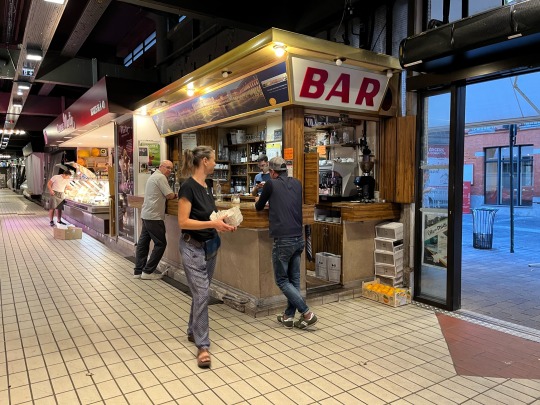
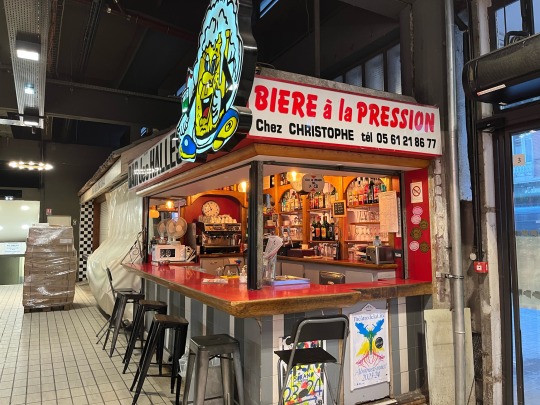

instagram
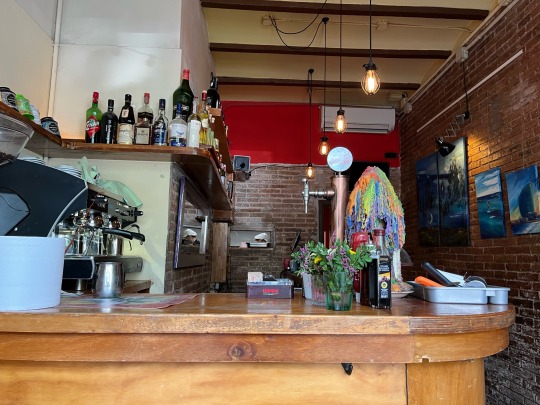
instagram


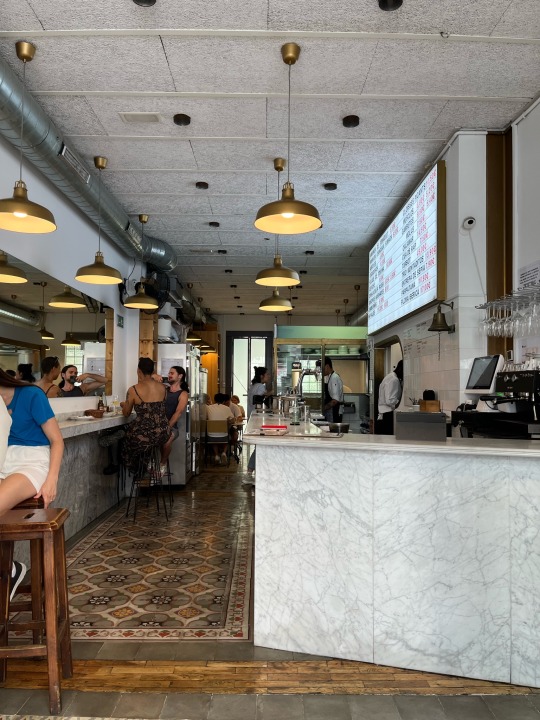

instagram
13 notes
·
View notes
Text
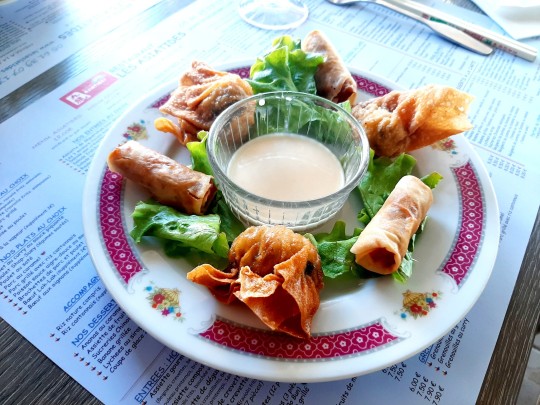
Savouring the flavours of Toulouse
10 2023 @Asiatides
#love#life#passion#photography#photos#restaurants#food#chinese#delicious#tasty food#tasty#city life#going out#toulouse#france#europe
3 notes
·
View notes
Text
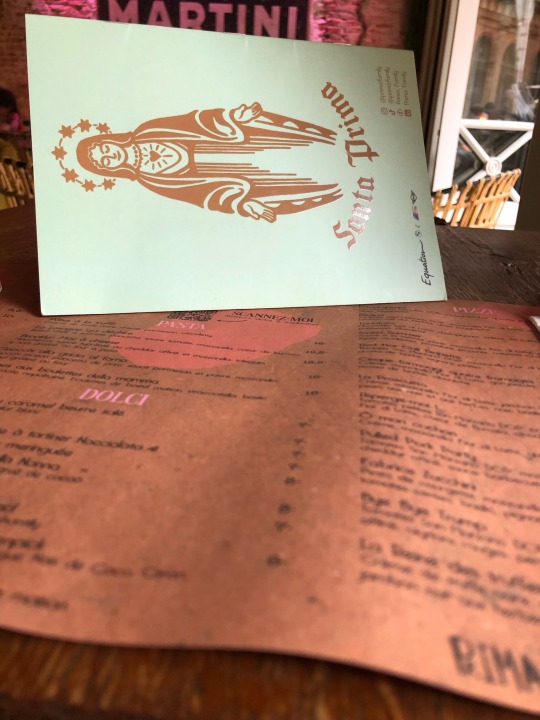


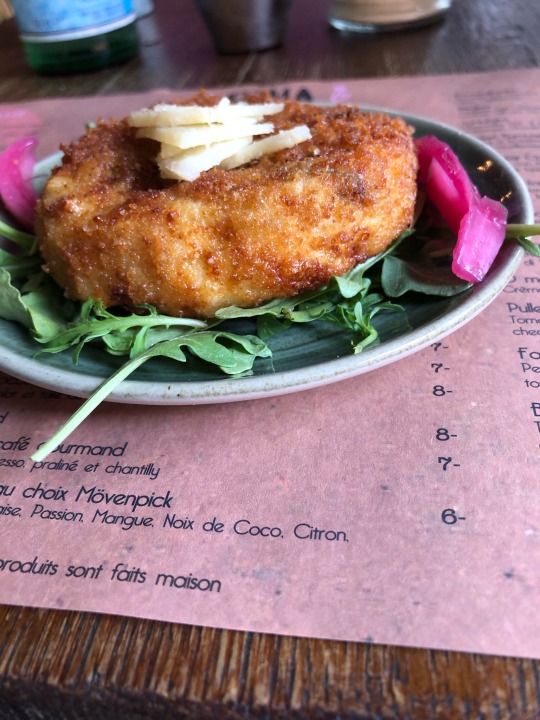

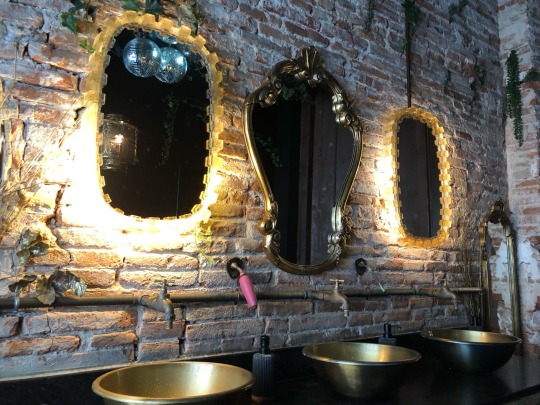
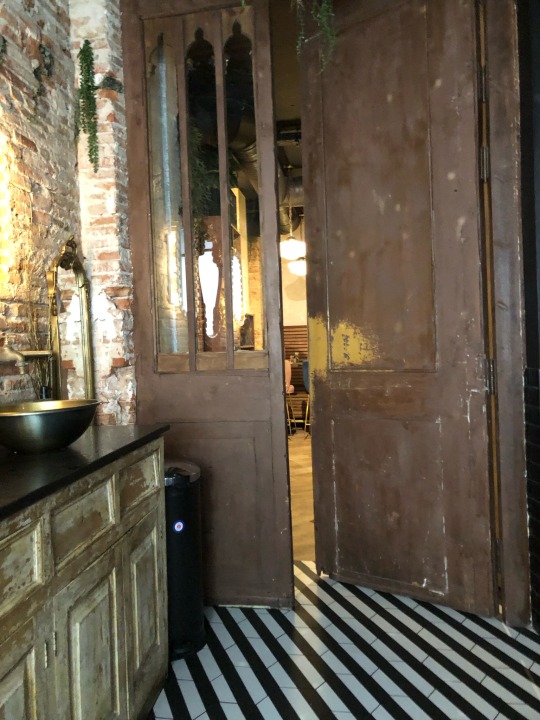
Restaurant Prima Lova à Toulouse #restaurant
2 notes
·
View notes
Text
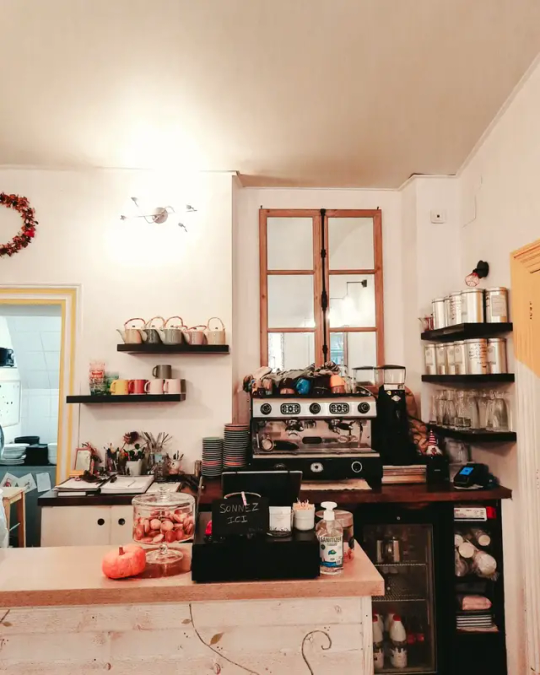



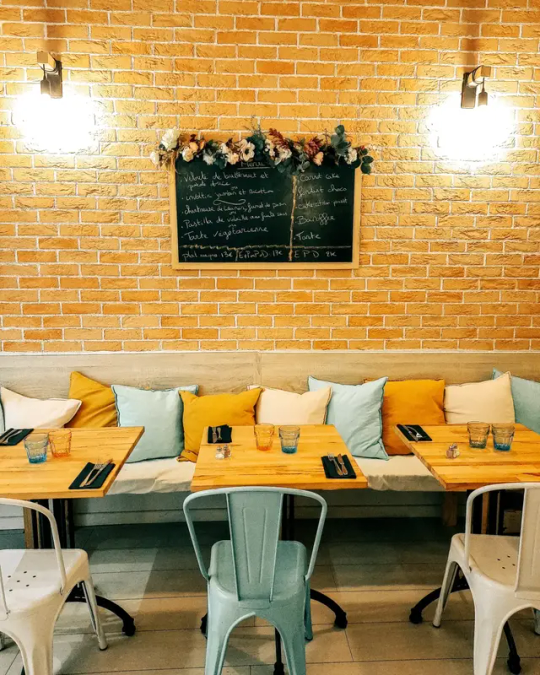
TOULOUSE COFFEE SHOP ☕️
If you are looking for à coffee / tea shop in Toulouse, don't hesitated try the tea shop named " Ash Toulouse" .
Small restaurant with à good vibes !
0 notes
Text

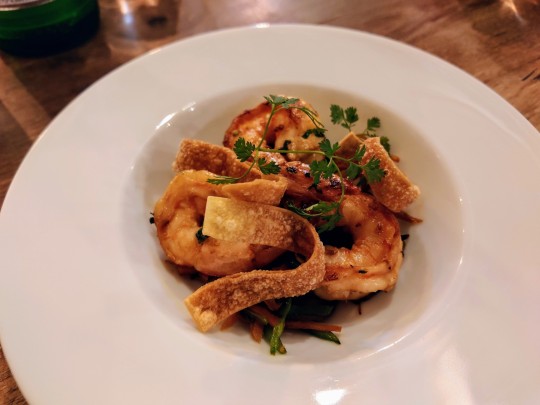
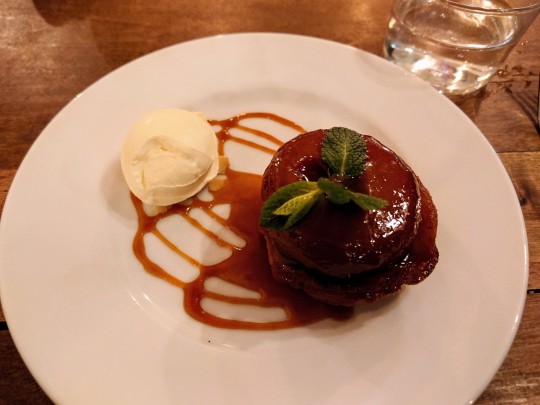
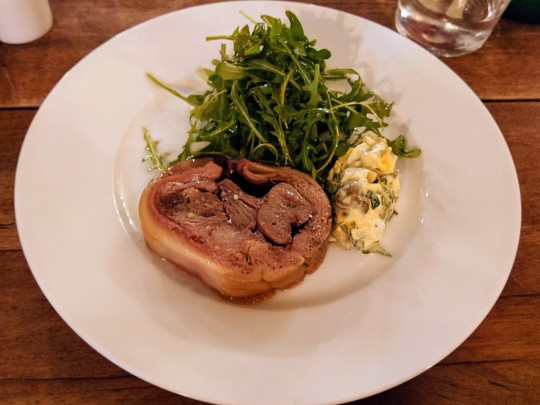
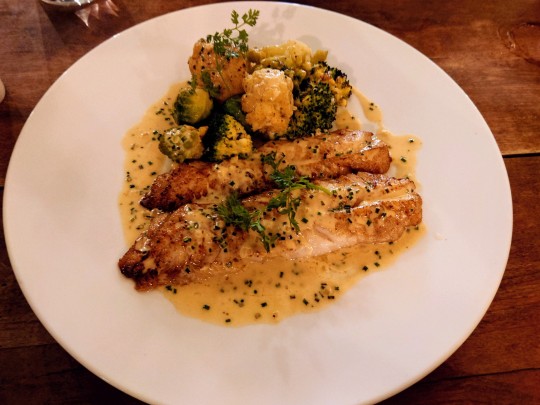


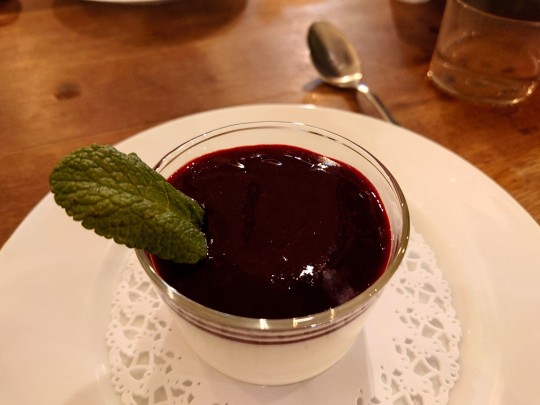

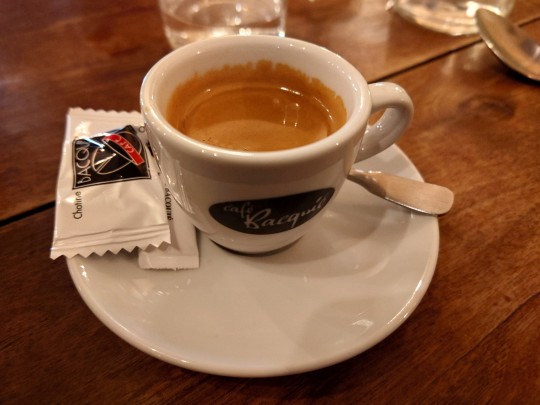
Great 3-course lunch menu @ Toulouse...
We were lucky to get a table via online booking, the restaurant was very popular...They served delicious food and the staff provided friendly service...
1 note
·
View note
Text
Toulouse - Le Japon en vogue avec l'ouverture de nouveaux restaurants et boutiques japonaises
Toulouse a une longue histoire avec le Japon avec notamment son mythique jardin japonais de Compans-Caffarelli, ses restaurants et boutiques japonaises, ses associations d’amitié franco-japonaises, les dojos d’arts martiaux, ses écoles d’Ikebana et de nombreux événements culturels.
Depuis quelques mois, une nouvelle vague de boutiques et restaurants japonisants ont faire leur apparition dans le…

View On WordPress
#boutiques japonaises toulouses#japon#japon à toulouse#occitanie#patisserie japonaise toulouse#restaurants japonais toulouse
0 notes
Link
La Friche Gourmande vous invite à plonger dans les délices de l’hiver en détaillant toutes les nouveautés de cette saison à venir, dans cet article captivant qui révélera chaque surprise concoctée pour vous !
0 notes
Text
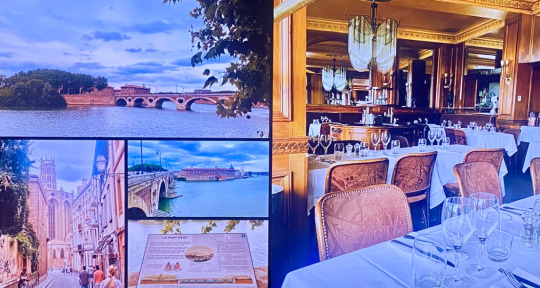
Typisch Toulouse
0 notes
Text

#photographe toulouse#photographie professionnelle#photographie culinaire#toulouse#restaurants#vegetarien#freelance#photographe indépendant
0 notes
Text
Frankrijk-Toulouse -Boutique hotel met dakterras

View On WordPress
#autovakantie Frankrijk#Barbier in Toulouse#best hotels in Toulouse#Best places to stay in Toulouse#Beste Restaurants in Toulouse#Boutique Hotel Toulouse#citytrip Toulouse#Cool hotel Toulouse#Design Hotel Toulouse#Die 6 coolste Hotels in Toulouse#Die 6 schönsten Hotels in Toulouse#https://toffecamping.me/2019/08/11/toulouse-coffee-bij-maurice/#Mama shelter Toulouse#must sleep Toulouse#overnachten in Toulouse#Pain Americain#reisblog Frankrijk#reisblog Toulouse#reisblogger Toulouse#Reiseblog Toulouse#Top10 Boutique Hotels Toulouse#Toulouse blog#travelblog Frankrijk#Travelblog Toulouse#travelblogger Toulouse
0 notes
Text
memory of a date with Myself at a vietnamese restaurant (named Ha Long, located in Toulouse, france : i recommend this place since the staff is nice, the food is nice -a vegetarian menu is available- the place is nice). 10/10/2022 Edgar

1 note
·
View note
Text
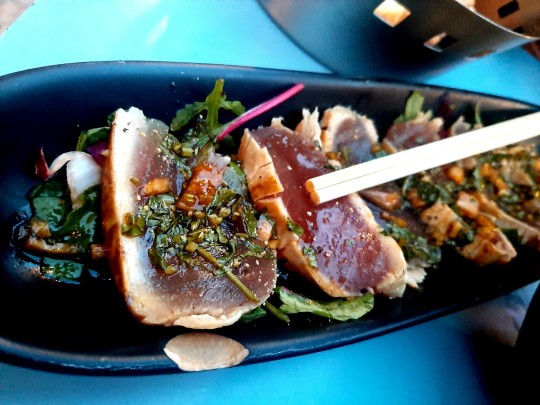
Savouring the flavours of Toulouse
09 2023 @Bistroquet à la Une
#love#life#passion#photography#photos#restaurants#bars#food#tuna#tuna tartare#tapas#delicious#tasty#tasty food#toulouse#going out#city life#europe#france
3 notes
·
View notes
Text



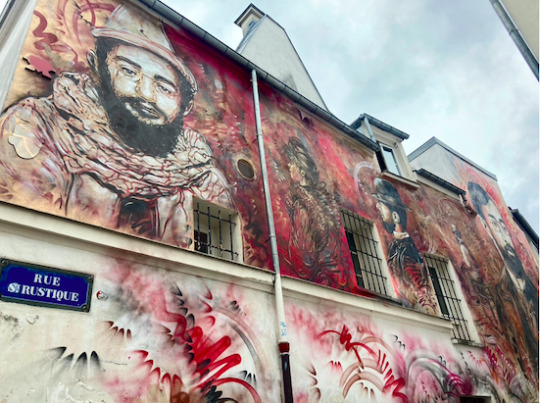
Street Art “Henri de Toulouse-Lautrec” de l'artiste Christian Guémy alias C215 sur les murs de l'Hôtel-Restaurant "La Bohème Montmartre"au gré de mes pérégrinations sur la Butte Montmartre, Paris, février 2024.
17 notes
·
View notes
Text
Toulouse 8 februari
Gisterenavond was het wachten tot de eerste restaurants open gingen, dat is hier niet voor 20.30. We aten uitstekende salades van knisperverse groenten, lamsbout en bacalhau Om kwart over zeven schuift Barend het raam open: stromende regen! Grote opstoppingen in het verkeer veel politie op de been, oorzaak is alle runners die naar de startlocatie moeten.
Omdat het ontbijt pas om half acht geserveerd werd, zijn we niet zo heel vroeg aan de start. Toch kiezen we weer voor de lange route, die maar 7,5 uur rijtijd is vandaag. Wat een prachtige route is dat, eindeloze slingerwegen door de Pyreneeën, alleen duurt die veel langer dan aangegeven. We rijden via Velhao en Foix dit keer. We zien nogal wat uitvallers langs die steile bergweggetjes staan, maar we kunnen niet veel voor ze doen, we missen de kennis en het gereedschap. Gelukkig zijn er veel hulpvaardige deelnemers en via de appgroep wordt snel gereageerd op vragen om onderdelen.
Wij denken om half zeven wel in Toulouse te zijn en spreken af met Mayke dat zij dan op het station vlak bij de finish staat. Zij is gisteren in Toulouse aangekomenen rijdt met ons mee terug. Maar bij dat station komen we pas om kwart voor acht aan, zodat zij een dik uur in een soort industrieel niemandsland staat te wachten, er is daar zelfs geen café waar je even kunt zitten. En zo rijden we met een verstekeling om 19.58 over de finish, twee minuten voor de deadline van vandaag. We nemen onze medailles in ontvangst, laten de finishfoto maken en gaan dan eerst een hapje eten en onze avonturen vertellen. Om 22.00 komen we nog even terug voor de prijsuitreiking en dan naar het hotel.
Conclusie wat hou je er nou aan over behalve opgezwollen voeten, geatrofieerde beenspieren, een doorgezakte rug en een permanente gejaagdheid? In elk geval is het een ontdekking dat ik ondanks al mijn groene principes ook lol heb in al die rokende klusauto’s. En dat je na een paar dagen je grenzen ten aanzien van verkeersgedrag en geluidsoverlast gaat verleggen. Op het laatst erger je je niet meer aan al die toeters en sirenes, maar moet je lachen als je weer zo’n onvermoeibare toeteraar tegenkomt. En zo begin ik te fantaseren over hoe het zou zijn om een oude Volvo 265 te hebben, liefst met 6 cylinders. En dat ik mijzelf dan ga leren om dat ding uit elkaar te halen en weer in elkaar te zetten. Jammer dat ik geen garage heb bij mijn huis, anders had ik nu een plan voor na mijn pensioen. En geen vriendin meer, voegt Mayke daar fijntjes aan toe.
2 notes
·
View notes
Text
On premonitions of death
In the early sixties, a French historian, Philippe Ariès, who had already written a radical book about childhood, became deeply occupied with the manner of our dying. Ariès never held a university position. For thirty-five years, he ran the document department of a research institute devoted to tropical fruits. Occasionally, he was mocked by more credentialed academics as “the banana seller.” He read Latin on the train to work. Ariès wondered whether France’s funerary customs—the pious walk to the graveyard; the veneration of tombs—were age-old or more recently invented. He investigated the digging of Paris’s great modern cemeteries, in the late eighteenth century. During his research, Ariès glimpsed an earlier, tantalizing world of reused graves and mingled bones, where men and women responded differently to the end of their lives.
Once he began studying old rites and the verses of medieval danses macabres, Ariès found that he could not stop. With his wife, Primerose, he began to visit the national archives, where they spent three years of weekends reading old wills, from the nineteenth century back to the sixteenth. He gave himself to the story of death. “There was no turning back!” Ariès recalled. “I had lost all freedom; from now on I was totally caught up in a search that constantly expanded.”
Ariès came to the conclusion that, over the course of a thousand years, death had become increasingly private, to the point of invisibility. In the process, it had grown wild. In the early Middle Ages, death had been more commonplace, a simpler and more collective act. “We all die.” It was the sign of a good life to know that the end was at hand. A bell would ring by itself. A man would hear three knocks on the floor of his room. An inscription from 1151, in Toulouse, told how the sacristan of Saint-Paul-de-Norbonne “saw death standing beside him,” made his will, prayed and died. In Arthurian legend, King Ban watched his castle burn, fell off his horse and looked up to the sky, beseeching, “Oh Lord God . . . help me, for I see and I know that my end has come.” I see and I know. Ariès italicized the words. Gawain, Arthur’s nephew, is asked: “Ah, good lord, think you then so soon to die?” He replies: “Yes. I tell you that I shall not live two days.”
[...]
Ariès was fascinated whenever a fragment of the old ways survived. In 1959, almost twenty years before Ariès published The Hour of Our Death, a retired shoeshine named Malete Hanzakos began to prepare for the end of his life in Bucyrus, in northern Ohio. Hanzakos, who was known as Mike, migrated from Sparta, in Greece, to New York City after the First World War. He settled in Bucyrus in the thirties, where he cleaned shoes, grew vegetables and drove his paneled truck through red lights, stopping when they turned green. He never married or spoke much English. At the age of seventy-seven he suffered no more than the usual aches and pains. In the last year of his life, Hanzakos chose a cemetery plot, had a headstone engraved (except the final date), tended his grave, ordered flowers for his funeral (tied in a ribbon of white and blue, the national colors of Greece) and wrote an obituary for the local newspaper, which refused to print it while he was still alive. He could have been reading from The Rule and Exercises of Holy Dying, written by Jeremy Taylor, an Anglican vicar, in 1651: “Death hath come so near to you as to fetch a portion of your very heart; and now you cannot choose but dig your own grave, and place your coffin in your eye.”
On Boxing Day, Hanzakos asked his sister, Constance, and her son and his family to drive down from Michigan to see him. They ate burgers at the LK Restaurant in town, inspected his grave, which he was proud of and which upset them, and then all crammed into Hanzakos’s one-room apartment under a machine shop. The shoeshine handed out some jars of vegetables that he had canned and a few envelopes of cash. When his nephew tried to refuse the gift of his old shoe brushes, Hanzakos said, “No, boy, I don’t need anything any more,” took a step toward the kitchen table and fell to the floor. He was dead before the doctor arrived.
“The Man Who Died on Time,” the story of Hanzakos’s foreseen death, was published by Life magazine in early 1960. A few years later, it caught the eye of George Engel, a professor of psychiatry at the University of Rochester, in upstate New York, who collected such stories. Like Barker, Engel was gripped by cases of people who appeared to have dropped dead because of some surfeit of emotion or certainty about their fate...
In the sixties, Engel collected 170 cases of sudden or eerie deaths, which he mostly found in press reports. He organized them into eight categories, including “on loss of status or self-esteem,” “during acute grief” and “after the danger is over” (a handful of people often die this way after earthquakes). Like Barker, Engel wanted to expand the frontiers of psychiatry and to pay more attention to the physiological impact of our emotions. In 1980, he wrote a landmark paper advocating a new “biopsychosocial model” for medicine that would take into account not just the bodies of patients, but also their minds and the societies in which they lived. He was a man with time for the nocebo effect.
And, like Barker, Engel was also compelled by forces that weren’t entirely rational. On July 11, 1963, Engel’s twin brother, Frank, who was also a distinguished doctor, died suddenly of a heart attack at the age of forty-nine. The two men had been exceptionally close: indistinguishable as boys; rivals and, more recently, collaborators as they pursued their medical careers. They called each other “Oth,” as in “Other.”
After his brother died, Engel became convinced that his life was also running out. He saw death standing next to him. Then a magical notion took hold: that if he could survive the calendar year after his twin’s passing, then he would live out a normal life. “I was fully aware of the irrational nature of this idea, but nonetheless found it impossible to dispel,” Engel recalled. On the afternoon of June 9, 1964, just short of eleven months after his brother’s death, and a few hours ahead of an awkward meeting which, like John Hunter, he was in no mood to attend, Engel suffered the heart attack that he had been waiting for. He was in his office in Rochester. It was not fear that he felt. “My reaction to the attack was one of great relief. I not only escaped the unpleasant meeting, I no longer had to anticipate the heart attack; the other shoe had fallen, so to speak,” the psychiatrist wrote, in an extraordinary paper, in 1975. “I felt serene and tranquil. The waiting was finally over.” I see and I know.
-- Sam Knight, The Premonitions Bureau
16 notes
·
View notes
